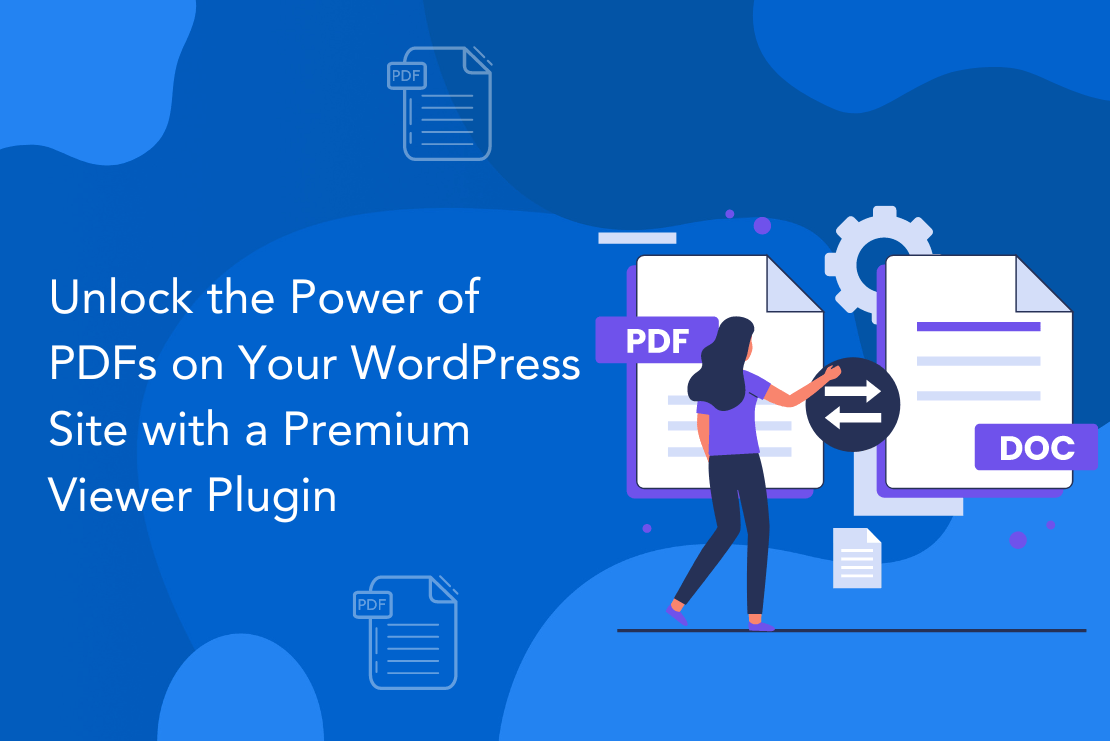debug_information filter
Plugin or themes may wish to introduce their own debug information without creating additional admin pages. They can utilize this filter to introduce their own sections or add more data to existing sections.
To use debug_information filter, first you have to register it using add_filter. You can write this code into functions.php of your activated theme or in a custom WordPress Plugin.
We at Flipper Code, always prefer to create a custom WordPress Plugin while using hooks so nothing breaks when you update your WordPress Theme in the future.
In the below live example, we have defined a function modify_debug_information_defaults which takes 1 parameters and we registered using add_filter. The first parameter debug_information is name of the hook, The second parameter modify_debug_information_defaults is name of the function which need to be called, third parameter is the priority of calling the hook if same hook is used multiple times and the last parameter is the number of arguments (if any) to be passed in the registered function.
Sometime, you have to remove a registered hook so you can use remove_filter to remove debug_information filter.
Parameters
- $args : (array) The debug information to be added to the core information page. This is an associative multi-dimensional array, up to three levels deep. The topmost array holds the sections, keyed by section ID.
‘…$0’
(array) Each section has a $fields associative array (see below), and each $value in $fields can be another associative array of name/value pairs when there is more structured data to display.
‘label’
(string) Required. The title for this section of the debug output.
‘description’
(string) Optional. A description for your information section which may contain basic HTML markup, inline tags only as it is outputted in a paragraph.
‘show_count’
(bool) Optional. If set to true, the amount of fields will be included in the title for this section. Default false.
‘private’
(bool) Optional. If set to true, the section and all associated fields will be excluded from the copied data. Default false.
‘fields’
(array) Required. An associative array containing the fields to be displayed in the section, keyed by field ID.
‘…$0’
(array) An associative array containing the data to be displayed for the field.
‘label’
(string) Required. The label for this piece of information.
‘value’
(mixed) Required. The output that is displayed for this field. Text should be translated. Can be an associative array that is displayed as name/value pairs. Accepted types: string|int|float|(string|int|float)[].
‘debug’
(string) Optional. The output that is used for this field when the user copies the data. It should be more concise and not translated. If not set, the content of $value is used. Note that the array keys are used as labels for the copied data.
‘private’
(bool) Optional. If set to true, the field will be excluded from the copied data, allowing you to show, for example, API keys here. Default false. } }
Below the 1 parameter is required to use this hook.
Live Example
apply_filters( 'debug_information', array $args )
Below is an example how you can use this hook.
function modify_debug_information_defaults($args) {
// Update the $args variable according to your website requirements and return this variable. You can modify the $args variable conditionally too if you want.
return $args;
}
// add the filter
add_filter( "debug_information", "modify_debug_information_defaults", 10, 1 );
To remove a hook callback, use the example below.
remove_filter( "debug_information", "modify_debug_information_defaults", 10, 1 );
Please make sure provide the same callback function name, priority and number of arguments while removing the hook callback.
Flipper Code is a Premium WordPress Plugins development company and integrating new functionalites into WordPress sites in form of custom WordPress Plugins since 2012. If you’re having any trouble using this hook, please contact our WordPress Development Team and we’d be happy to assist you.
Explore the latest in WordPress
Trying to stay on top of it all? Get the best tools, resources and inspiration sent to your inbox every Wednesday.



